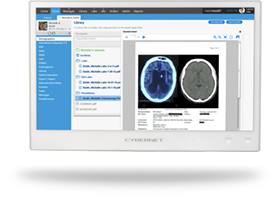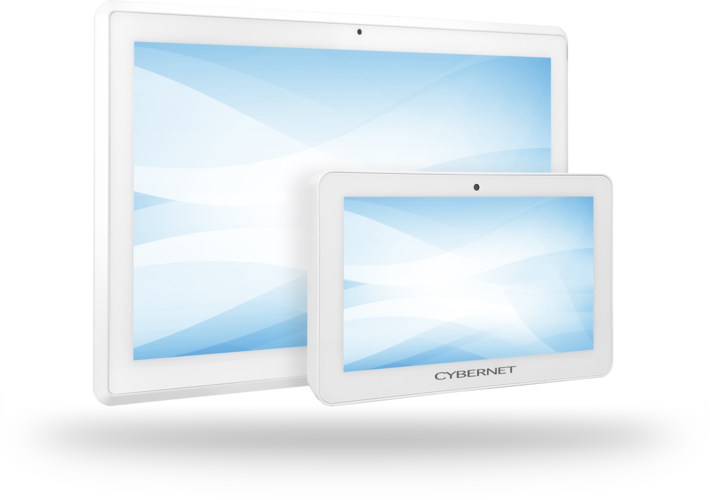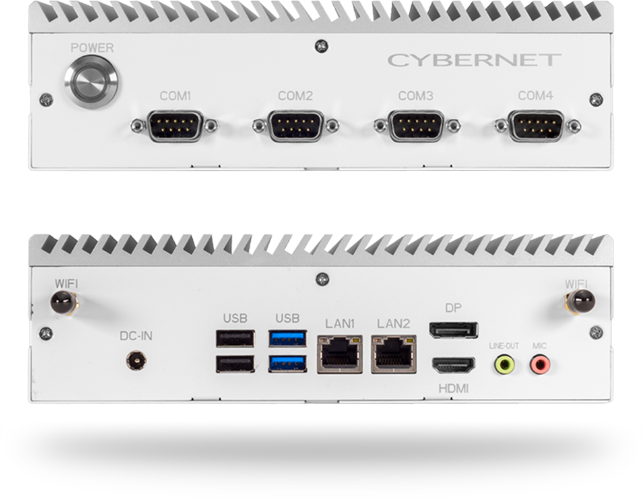Hospital energy efficiency is a growing concern, as healthcare facilities account for 9% of energy consumption, despite occupying only 4% of total commercial floorspace. This represents a significant operating cost for healthcare groups; a 200,000-square-foot hospital with 50 beds spends roughly $680,000 per year just on electricity and natural gas. Thus, achieving greater energy efficiency in hospitals is a critical priority for any group looking to reduce costs.
Challenges for Achieving Energy Efficiency in Hospitals
Sadly, there are significant hurdles to overcome when trying to improve a hospital’s energy efficiency. The most significant obstacles that hospitals have to deal with when trying to conserve energy are:
Older Buildings
One common issue for hospitals is the age of their buildings. According to the American Hospital Association, nearly one-third of rural hospitals are at least 15 years old. This means these buildings often lack bed capacity in line with local population growth, cannot support new healthcare technologies and workflows, and are missing key energy-saving features that modern buildings implement.
Reliance on Legacy Equipment
One of the most common issues in healthcare, in general, and not just in energy efficiency, is the reliance on older legacy equipment. Ventilators, anaesthesia machines, and more are vital to treating patients, but many of them were designed and manufactured long before modern energy efficiency standards were implemented. Unfortunately, many of these devices are both necessary to a hospital’s operations and do not have a viable alternative.
Cost of Upgrading
Every building remodel or new piece of equipment comes with a price tag attached, in a time when hospitals are struggling with budgets more than ever. While achieving greater energy efficiency helps save money in the long run, healthcare groups must carefully budget these long-term savings against the upfront expenses of purchases or renovations.
Solutions for Greater Hospital Energy Efficiency
Fortunately, modern solutions exist for all of these problems. While some methods for improving energy efficiency in hospitals have a price tag associated with them, others only require time and effort on the part of healthcare providers.
Energy Efficient Technology
One of the most critical steps a hospital can take to save energy is in the equipment that it chooses. In this regard, nothing helps guide decisions better than ENERGY STAR ratings, which judge electrical devices based on how much energy they consume. Medical PCs with ENERGY STAR ratings with an ENERGY STAR certification aren’t slower or lacking in features when compared to a non-certified device; it is simply better-designed and more efficient.
Of course, computers are not the only products that have ENERGY STAR ratings. Nearly everything that consumes electricity, from light bulbs to vacuum cleaners, is judged and certified, making it easier to find energy-efficient alternatives.
Infrastructural Upgrades
There are numerous ways a hospital can upgrade and improve its facilities to reduce the amount of power it consumes. This might take the form of solar panels on the roof to generate power during the day, or more efficient thermal insulation in the walls and windows to reduce the need for heating. Combined heat and power for hospitals is a type of solution that consolidates both heat and power into a single source, typically located on-site, which helps save money and reduce the likelihood of disruption in the event of a natural disaster or emergency.
Another possible upgrade is smart room technology for hospitals. These systems can automatically track parameters like the room’s lighting and temperature and adjust them as needed, such as turning off lights or shutting off the air conditioning if there is no one present. Along with delivering a more comfortable experience for patients at the hospital, these systems help reduce unnecessary power and heat usage.
Education and Training
While purchasing new equipment or upgrading infrastructure may have a price tag attached, training employees to adopt new behaviors is a far less expensive yet still impactful way to improve a hospital’s energy efficiency. Even simple initiatives, such as ensuring lights are turned off when leaving a room, can help reduce the power bill, as shown by recent efforts by nurses in the British National Health Service. These efforts require relatively little investment on the part of healthcare groups, but still provide a meaningful impact on the bottom line.
Benefits of Implementing Energy-Efficient Solutions
While the challenges can be significant, achieving better energy efficiency in a hospital’s operations brings equally significant benefits, including reduced operating costs, an improved patient experience, and a lower impact on the environment.
Cost Savings
First and foremost, investing in hospital energy efficiency pays off significantly in terms of utility bills for years to come. By spending less on electricity and heating, hospitals can save money in a time when operating costs continue to rise. With hospitals becoming more and more expensive to keep open, reducing energy expenditures is a great way for hospitals to save money without negatively impacting the patient experience.
Reduced Environmental Impact
Whether this means utilizing more renewable energy sources, such as wind and solar, or reducing energy consumption directly, hospitals can mitigate their environmental impact through increased energy efficiency. Healthcare represents 8.5% of all greenhouse gas emissions in the U.S alone, making healthcare groups directly responsible for reducing these emissions as much as possible. By using less electricity and natural gas, hospitals can spare both their checkbook and the environment.
Better Patient Experience
Many of the technologies used for hospital energy efficiency also improve a patient’s comfort during their stay. Smart room technology can automatically adjust the light and air conditioning as needed, providing patients with the exact amount of both that they prefer. Window framings with better seals don’t just lock warmth inside the room to save on the heating bill, but also prevent uncomfortable drafts. This sort of impact may not ever show up on a hospital’s balance sheet, but it will make a difference for every patient who enjoys a more comfortable stay and a quicker recovery.
Energy-Efficient Medical Computers from Cybernet Manufacturing
Squeezed on both ends by rising energy costs and increasing demands for healthcare services, achieving greater energy efficiency in hospitals will be critical for healthcare groups looking to reduce their operating expenses. Making such changes will necessitate adjustments in both technology and work practices.
If your healthcare organization needs medical computers that are both energy-efficient and certified for the healthcare sector, contact Cybernet Manufacturing. Our box PCs, all-in-one PCs, and tablets are ENERGY STAR-certified and can easily support other energy-saving technologies, such as smart rooms and Power-over-Ethernet.


